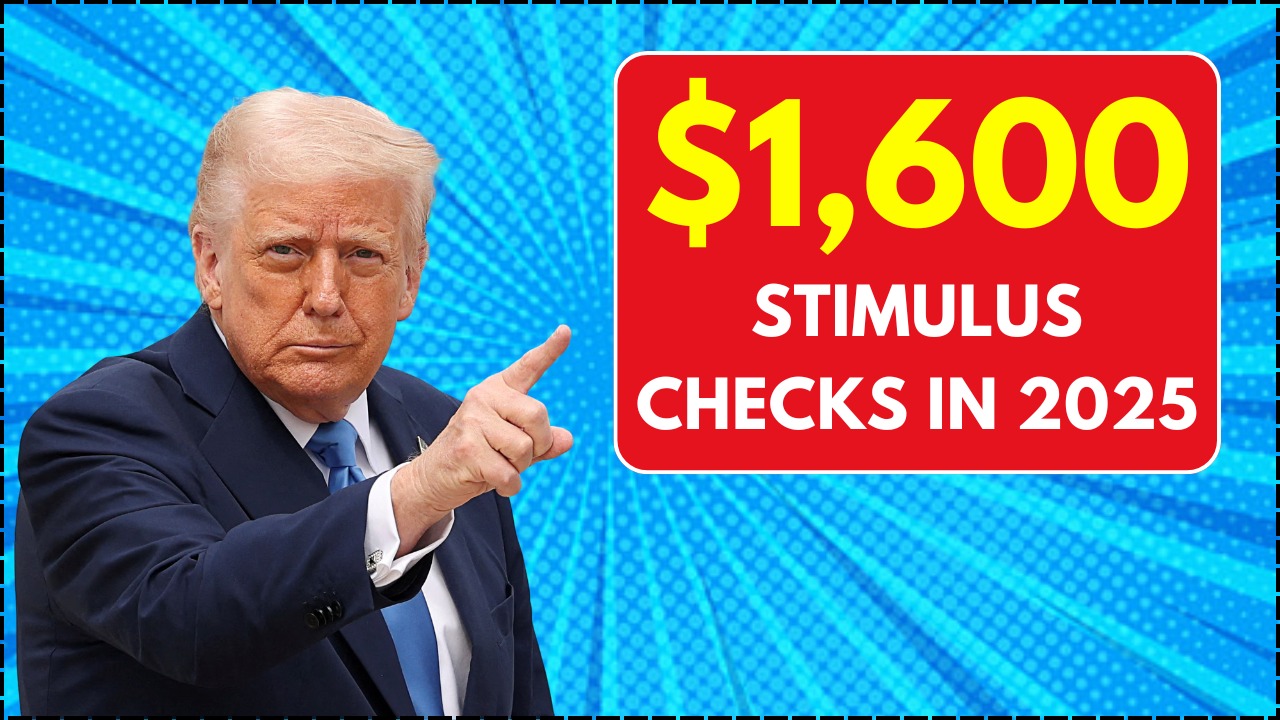It might be time to rummage through your spare change or those old coin jars sitting at home. One of the most iconic coins in American history—the Kennedy Half Dollar—could potentially make you a millionaire. Though typically worth just fifty cents, certain rare editions of this coin are now being valued at a staggering $5.9 million, and many of them are still in public circulation.
This article explores what makes these coins so special, how to identify a rare one, and what steps you should take if you believe you’ve struck gold—literally. For official information on coin history, composition, and minting details, you can also visit the U.S. Mint’s official website.
Table of Contents
What Is Kennedy Half Dollar
The Kennedy Half Dollar was first introduced in 1964, shortly after the tragic assassination of President John F. Kennedy. It was designed as a tribute to the beloved 35th President of the United States, capturing both public sentiment and national pride.
Unlike modern coins that are primarily made from less valuable metals, the original 1964 Kennedy Half Dollars were composed of 90% silver, making them not only sentimental but also materially valuable.
While all Kennedy Half Dollars carry historical significance, a select few are of particular interest to coin collectors and numismatists (coin experts), especially those with rare minting errors or produced during specific years.
Overview
| Feature | What to Look For |
|---|---|
| Year | 1964 (especially 1964-D with errors) |
| Mint Mark | “D” for Denver or none for Philadelphia |
| Metal Content | 90% silver (only in 1964 issues) |
| Condition | Mint State (no scratches, sharp edges, high luster) |
| Errors | Doubled die, misaligned printing, or unique die varieties |
| Rarity | Low mintage years and uncommon error coins |
Why Are Some Kennedy Half Dollars Worth Millions?
Not every Kennedy Half Dollar is valuable. Most are still only worth their face value. However, the rare ones command sky-high prices due to a combination of factors, including minting errors, metal content, mintage volume, and overall condition.
Key Factors That Drive Value:
- Year of Issue
The year 1964 stands out because it’s the first year the coin was released. Coins from this year, especially those minted in Denver (marked “D”), can fetch high prices due to limited quantities and errors. - Minting Errors
Errors during the minting process, such as a doubled die obverse—where the design is imprinted twice, slightly offset—can dramatically increase a coin’s value. A 1964-D Kennedy Half Dollar with such an error reportedly sold for $5.9 million at auction. - Metal Composition
The 1964 issue was the only year the coin was made with 90% silver, making it inherently more valuable than later coins that reduced silver content to 40% or eliminated it. - Mint Mark
The mint mark indicates where the coin was struck. Look for a “D” (Denver) or no mark (Philadelphia). These subtle details can have a huge impact on collector demand. - Condition or Grade
Coins graded in “Mint State” (MS)—meaning they are in excellent condition with no signs of wear—are far more desirable. Luster, sharpness of design, and surface preservation all contribute to a coin’s grade and market value.
How to Identify a Rare Kennedy Half Dollar
Curious if you might be holding onto one of these treasures? Here’s how to check:
- Inspect the Year
Start by looking at the year stamped on the coin. Focus on 1964, the most sought-after edition. - Look for the Mint Mark
The mint mark is usually located near the bottom of the coin on the reverse side, just beneath the eagle’s claw. A tiny “D” means it was minted in Denver. Coins from this location in 1964 are particularly rare. - Search for Errors
Use a magnifying glass to inspect the coin for visual anomalies like doubled letters, numbers, or images. Even minor misprints can significantly boost the value. - Evaluate Condition
The cleaner and shinier the coin, the better. A coin with crisp lines and no visible wear might qualify as a Mint State piece, increasing its value considerably. - Compare with Trusted Databases
Visit online coin valuation guides like the NGC Coin Explorer or other reliable databases to cross-reference your coin’s characteristics with those of known high-value coins.
Are Kennedy Half Dollars Still in Circulation?
Yes, Kennedy Half Dollars are still being minted, although they are rarely seen in everyday use. Most people don’t bother checking their change, so valuable editions often go unnoticed.
You can still receive these coins in change from banks, vending machines, or find them in family collections, old wallets, or inherited coin jars. Because of this, the possibility of discovering a rare coin remains surprisingly high.
Q1: Can I still find a valuable Kennedy Half Dollar in circulation?
A: Yes, rare Kennedy Half Dollars can still be found in regular change or coin jars.
Q2: Should I clean my coin to make it shine more?
A: No, cleaning can damage its value—leave the coin in its original state.
Q3: Where can I check a coin’s value online?
A: You can use trusted sources like NGC Coin Explorer or the U.S. Mint website





